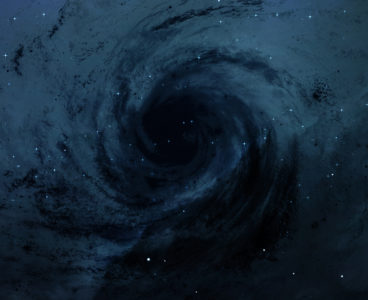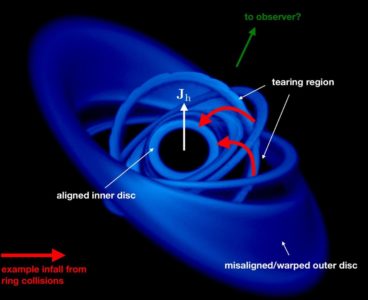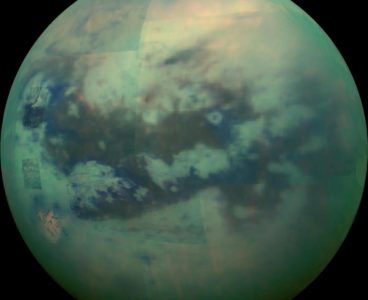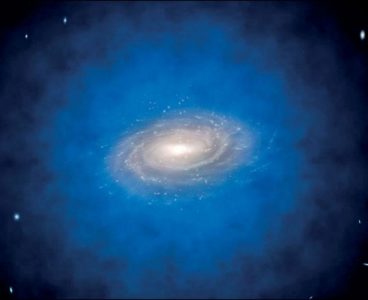For the first time astronomers have detected gravitational waves from a merged, hyper-massive neutron star. The scientists, Maurice van Putten of Sejong University in South Korea, and Massimo della Valle of the Osservatorio Astronomico de Capodimonte in Italy, publish their results in Monthly Notices of the Royal Astronomical Society: Letters. Gravitational waves were predicted by…
Dust Clouds can Explain Puzzling Features of Active Galactic Nuclei
Matter Falling Into a Black Hole at 30 Percent of the Speed of Light
A UK team of astronomers report the first detection of matter falling into a black hole at 30% of the speed of light, located in the centre of the billion-light year distant galaxy PG211+143. The team, led by Professor Ken Pounds of the University of Leicester, used data from the European Space Agency’s X-ray observatory…
Artificial Intelligence Helps to Predict Likelihood of Life on Other Worlds
Developments in artificial intelligence may help us to predict the probability of life on other planets, according to new work by a team based at Plymouth University. The study uses artificial neural networks (ANNs) to classify planets into five types, estimating a probability of life in each case, which could be used in future interstellar…
Traces of Life on Nearest Exoplanets May Be Hidden in Equatorial Trap
New simulations show that the search for life on other planets may well be more difficult than previously assumed, in research published today in the journal Monthly Notices of the Royal Astronomical Society. The study indicates that unusual air flow patterns could hide atmospheric components from telescopic observations, with direct consequences for formulating the optimal strategy…
Spots on Supergiant Star Drive Spirals in Stellar Wind
A Canadian-led international team of astronomers recently discovered that spots on the surface of a supergiant star are driving huge spiral structures in its stellar wind. Their results are published in a recent edition of Monthly Notices of the Royal Astronomical Society. Massive stars are responsible for producing the heavy elements that make up all life…
Remaking Planets After Star Death
Astronomers Dr Jane Greaves, of the University of Cardiff, and Dr Wayne Holland, of the UK Astronomy Technology Centre in Edinburgh, may have found an answer to the 25-year-old mystery of how planets form in the aftermath of a supernova explosion. The two researchers will present their work on Thursday 6 July at the National…
Struggle to Escape Distant Galaxies Creates Giant Halos of Scattered Photons
Astronomers led by David Sobral and Jorryt Matthee, of the Universities of Lancaster in the UK and Leiden in the Netherlands have discovered giant halos around early Milky Way type galaxies, made of photons (elementary particles of light) that have struggled to escape them. The team reports its findings in the journal Monthly Notices of the…








